Keeping a car clean is more than just about appearance; it’s about maintaining its value, extending its lifespan, and creating a more enjoyable driving experience. Professional detailers often use tricks that most car owners overlook, making vehicles look showroom-ready with minimal effort. These clever methods don’t require expensive tools but rely on practical know-how, the right materials, and a little patience. If you’ve ever wondered how the pros make cars gleam inside and out, here are eighteen smart cleaning tricks that can make your car look and feel brand new.
1. Use a Clay Bar for a Smooth Finish
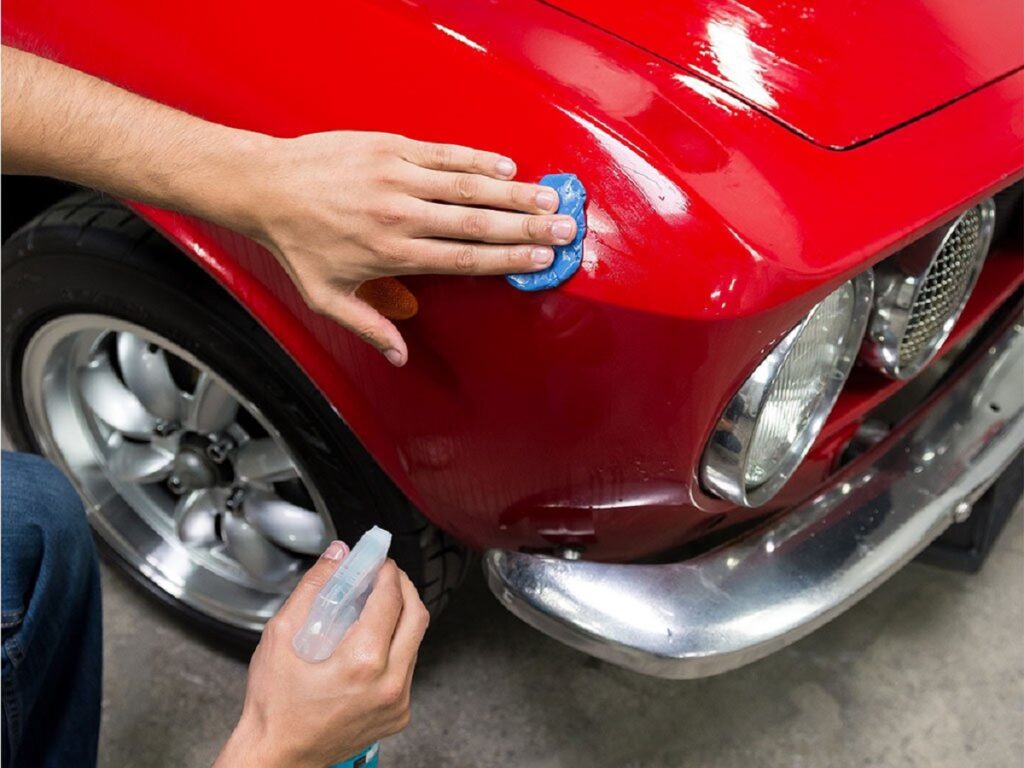
While washing removes surface dirt, microscopic contaminants remain stuck in the paint. Professional detailers use clay bars, which were introduced to the market in the late 1980s, to pull out stubborn particles like tar, industrial fallout, or brake dust. By gliding the lubricated bar across the paint, the surface becomes smooth to the touch and ready for waxing. It’s a trick that ensures the wax adheres better, giving a longer-lasting shine while preventing scratches caused by hidden debris that normal washing cannot eliminate.
2. Microfiber Towels Prevent Scratches
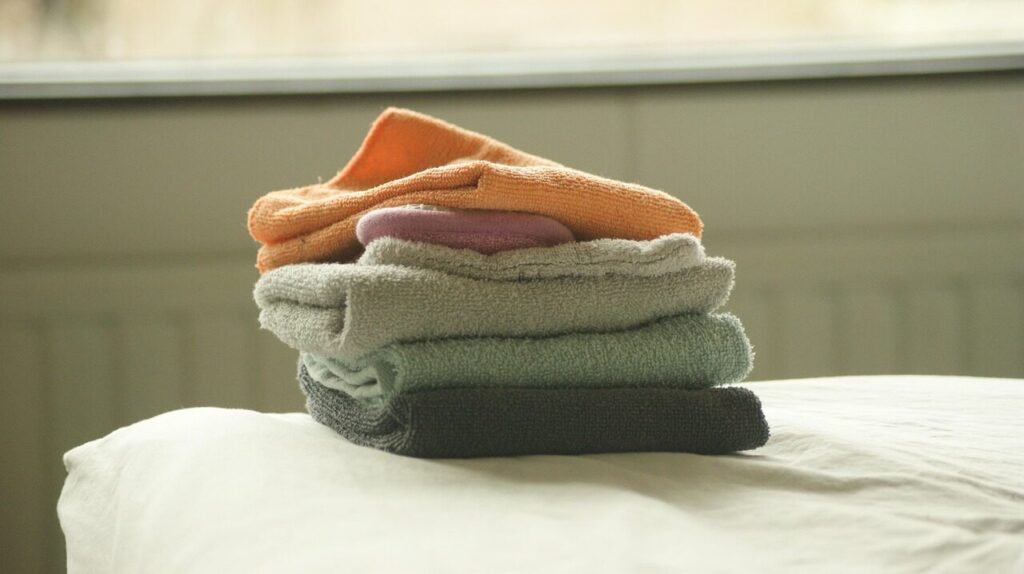
Since the early 2000s, microfiber towels have replaced cotton rags in professional detailing shops. These towels are woven with ultra-fine fibers that trap dust and dirt rather than dragging them across the surface. Using microfiber reduces swirl marks and enhances the finish after washing or waxing. They are also more absorbent, meaning fewer streaks when drying. Professionals recommend dedicating separate microfiber towels for glass, paint, and interior surfaces to avoid cross-contamination, ensuring every surface remains spotless and free from unnecessary scratches.
3. Toothbrush for Interior Detailing
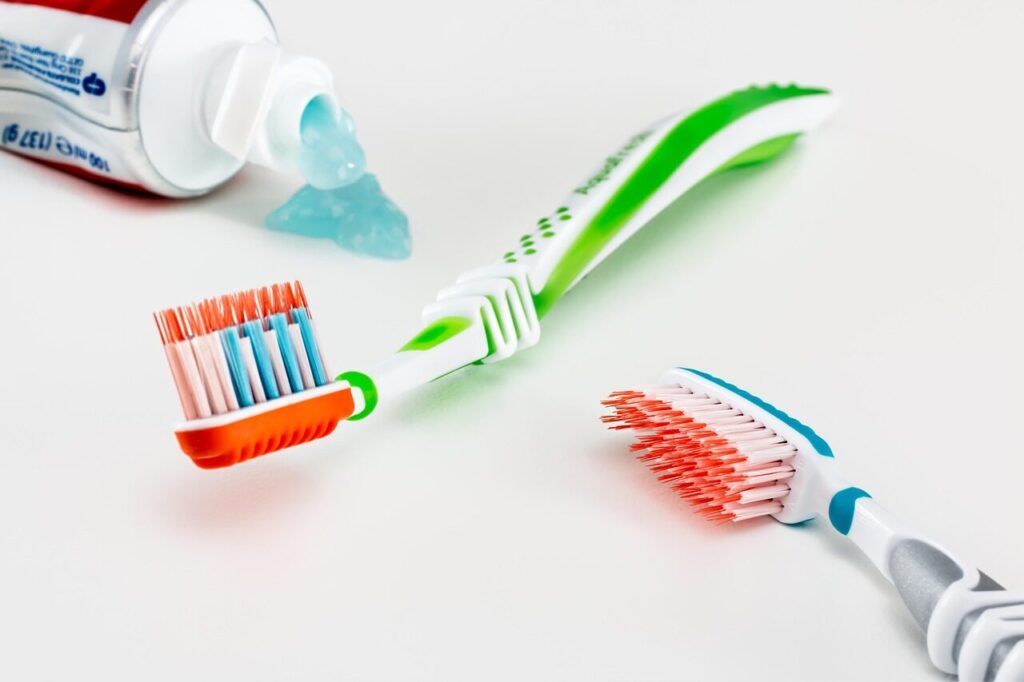
One of the simplest yet most effective tools professionals use is a soft-bristled toothbrush. Though originally designed for oral hygiene decades ago, detailers realized its ability to reach into tiny seams and textured surfaces inside cars. It works wonders on air vents, stitching, and hard-to-reach crevices where dust gathers. By pairing it with a gentle cleaner, a toothbrush dislodges dirt that wipes or cloths simply cannot touch. It’s a low-cost solution that delivers a professional touch, leaving interiors fresh and meticulously cleaned without harsh scrubbing.
4. Coffee Filters for Streak-Free Glass
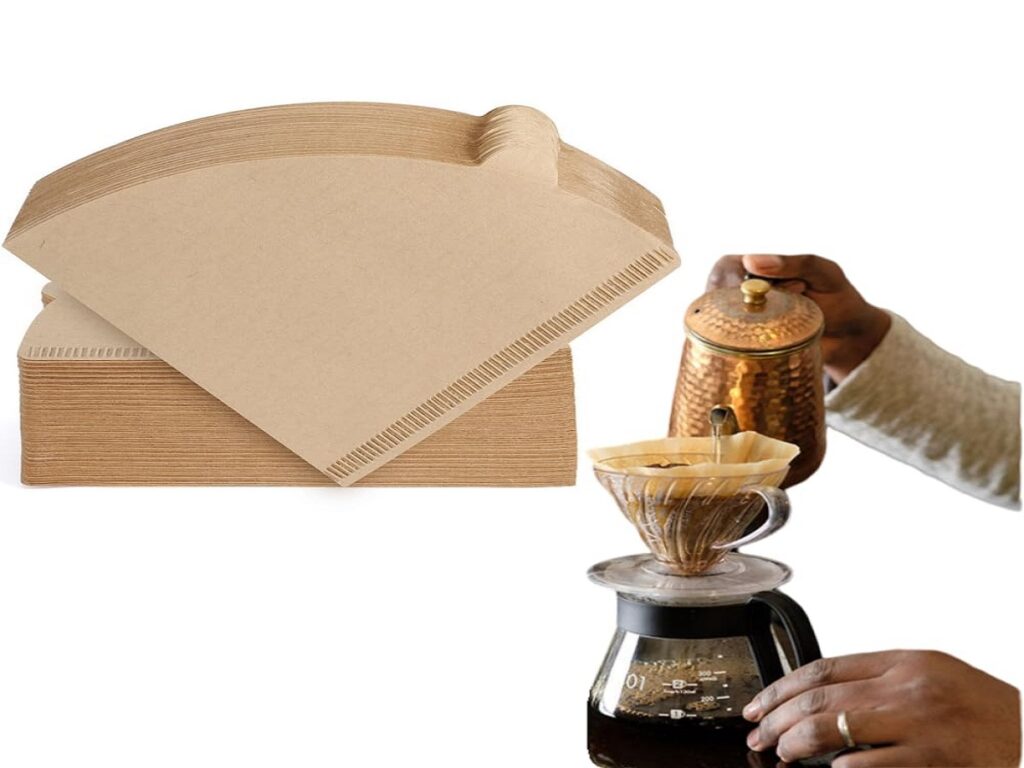
Coffee filters, first developed in the early 20th century for brewing purposes, have become a surprising tool in auto detailing. Their lint-free material makes them excellent for cleaning glass without leaving fibers or streaks behind. Professionals use them to polish windshields, mirrors, and windows for a crystal-clear finish. Unlike paper towels, they don’t shred or create residue. When paired with a quality glass cleaner, coffee filters ensure maximum clarity, making driving safer and visibility sharper, especially during night drives or rainy conditions.
5. Baking Soda for Odor Removal
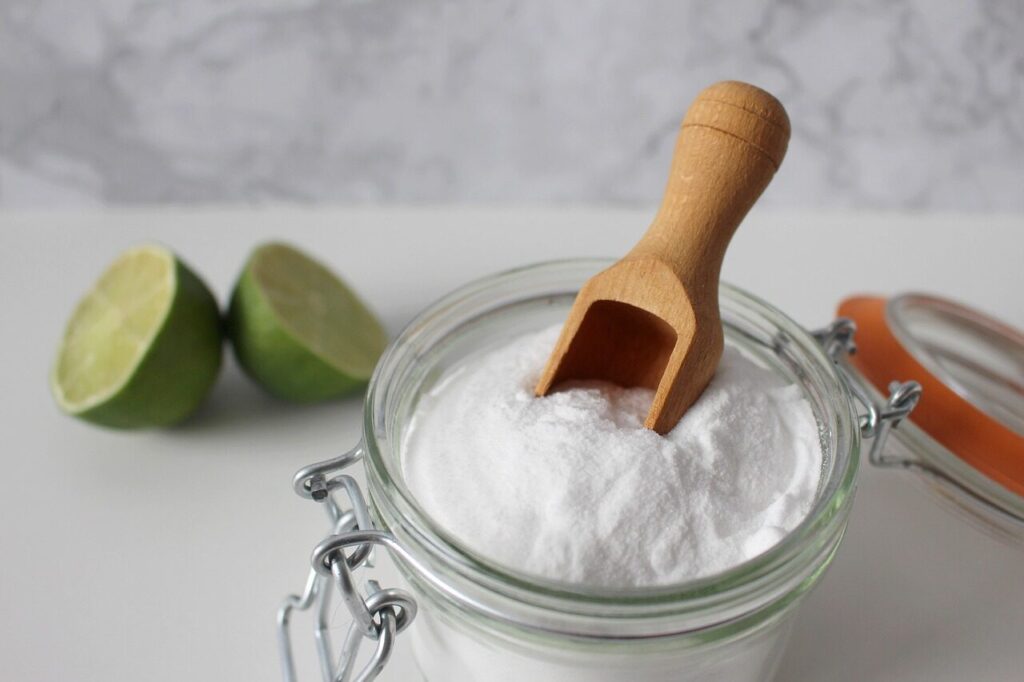
Odors often linger inside vehicles, especially if food, pets, or smoke are involved. Since its household introduction in the 19th century, baking soda has been used as a natural deodorizer, and professionals apply this trick to cars too. Sprinkling baking soda over carpets and fabric seats, letting it sit for a few hours, and then vacuuming removes stubborn smells. This method neutralizes odors instead of masking them, ensuring a fresh interior atmosphere. It’s eco-friendly, inexpensive, and highly effective compared to commercial sprays.
6. Olive Oil for Dashboard Shine
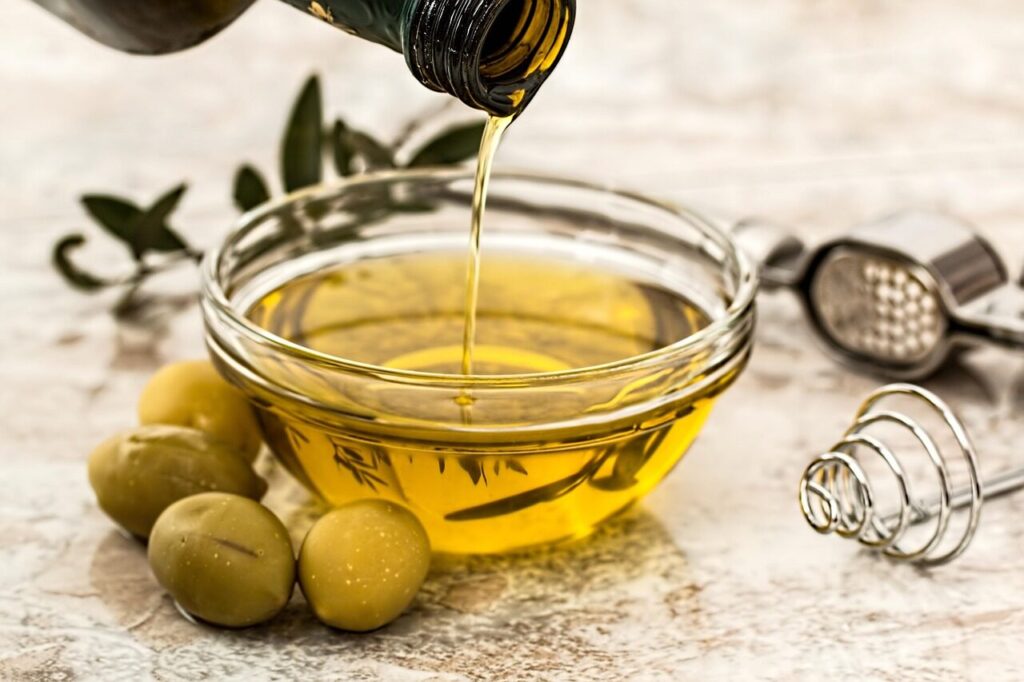
A natural solution many pros use for dashboard care is olive oil, a product that dates back thousands of years. Instead of using chemical-heavy polish, lightly dabbing olive oil on a cloth and wiping the dashboard adds shine without leaving a greasy film. It nourishes plastic and vinyl while preventing cracking from sun exposure. This trick is particularly valued because it’s safe, natural, and keeps the car smelling fresh rather than artificial. With minimal effort, dashboards look clean and conditioned like new.
7. Vinegar for Headlight Restoration
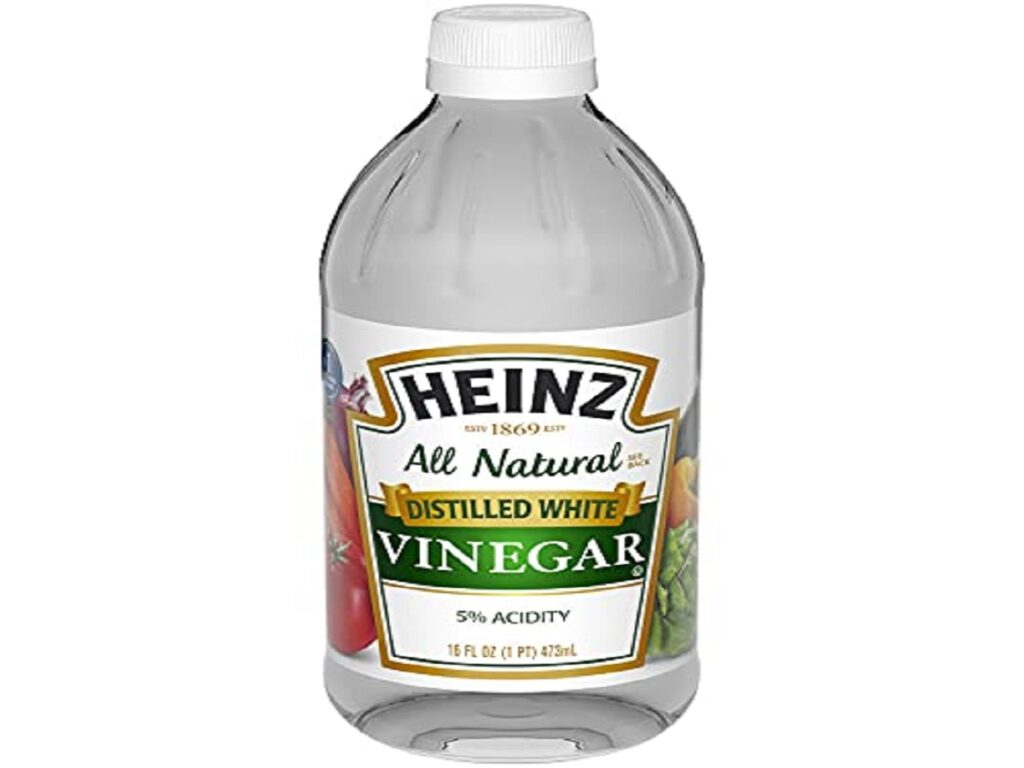
Cloudy headlights don’t just look unattractive; they reduce nighttime visibility. Since the 1950s, vinegar has been used as a natural cleaning agent, and professionals often mix it with baking soda to restore headlights. Applying this mixture gently removes oxidation, clearing up dull lenses. A brighter, clearer beam improves safety and gives the car a fresher appearance. This method is inexpensive, avoids harsh chemicals, and restores headlights effectively. Regular cleaning with this solution also prevents build-up, ensuring long-term clarity and better performance.
8. Vacuum Attachments for Tight Spaces
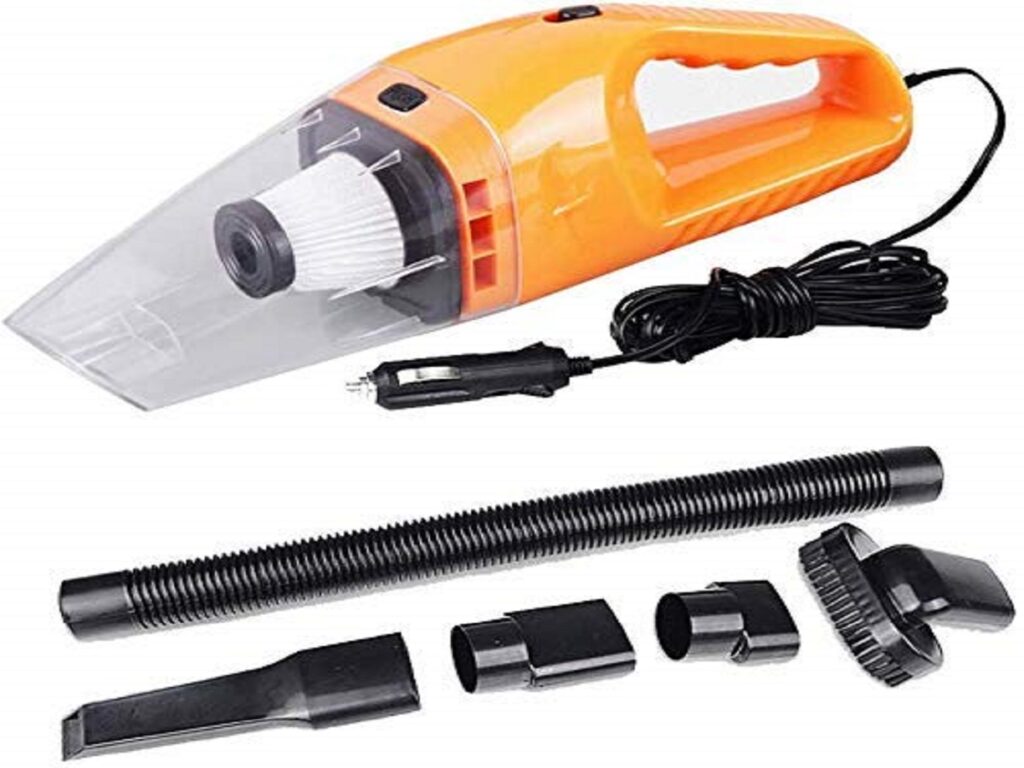
Professional-grade vacuums come with specialized attachments, but even standard home vacuums can be enhanced with small nozzles and brushes. Since vacuums became mainstream in the mid-20th century, detailers have adapted them to reach the tightest areas like seat rails, under pedals, and between cushions. These attachments loosen debris and suck up particles that normally go untouched. Proper vacuuming not only improves cleanliness but also prevents dirt from wearing down fabrics over time, keeping the interior looking well-kept and comfortable.
9. Club Soda for Upholstery Stains
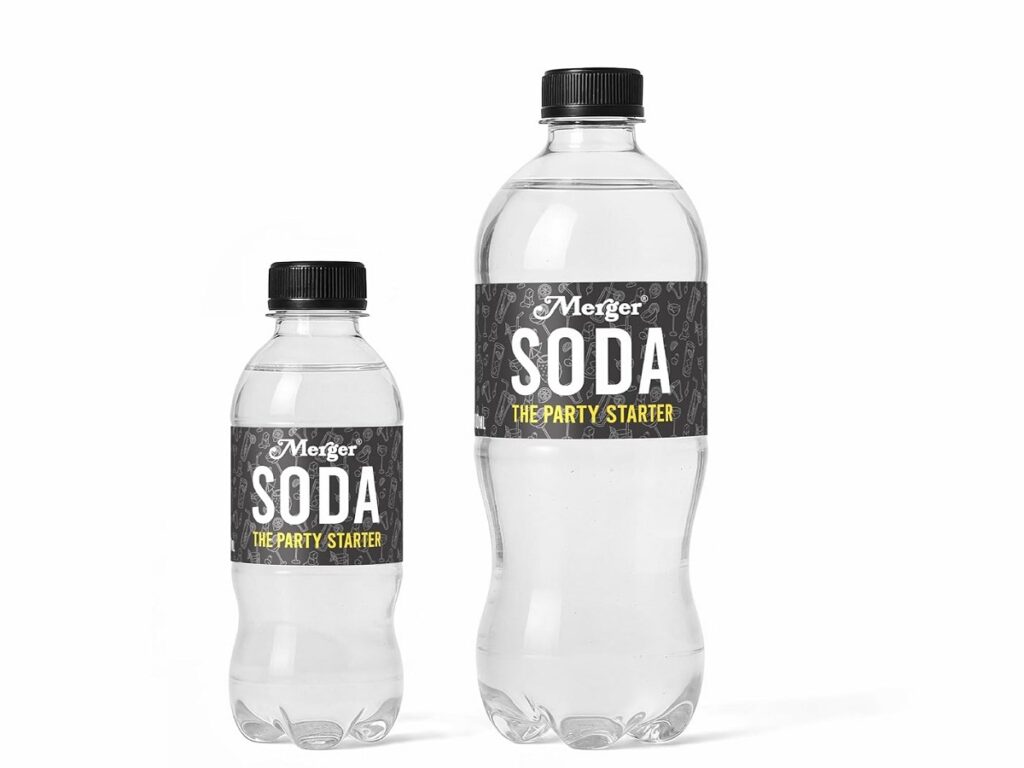
Dating back to the 1700s, club soda has long been used to treat fabric stains. Auto detailers often use it for upholstery spots caused by coffee, juice, or dirt. By applying it directly and blotting with a clean cloth, stains are lifted without damaging fabric fibers. Club soda’s bubbling action helps break down the stain while being gentle on surfaces. This method is safe for most fabrics and remains a go-to solution for professionals looking to restore interiors to a spotless condition.
10. Toothpaste for Chrome Polishing
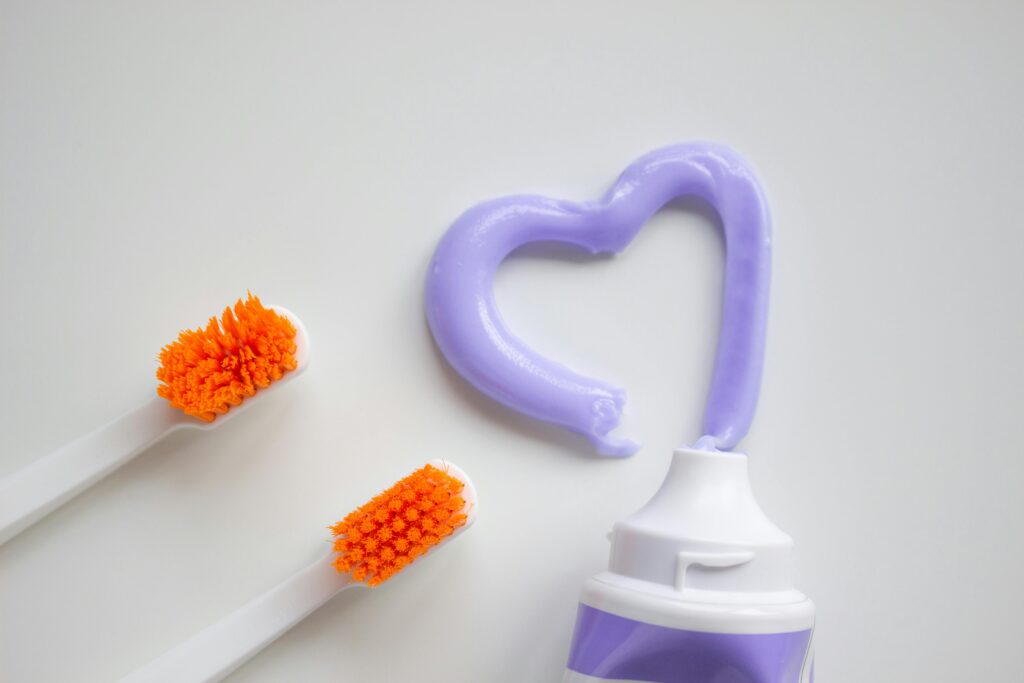
Chrome trims and metal parts lose their shine over time, but toothpaste, first mass-produced in the late 1800s, is a surprisingly effective polish. Professionals apply non-gel toothpaste to chrome with a soft cloth, rubbing gently to remove tarnish and water spots. Its mild abrasives restore shine without scratching. Once rinsed and buffed, chrome parts regain a mirror-like finish. This method is budget-friendly, safe, and efficient, making it a clever trick detailers often use for bumpers, exhaust tips, and emblems.
11. Dryer Sheets to Repel Dust
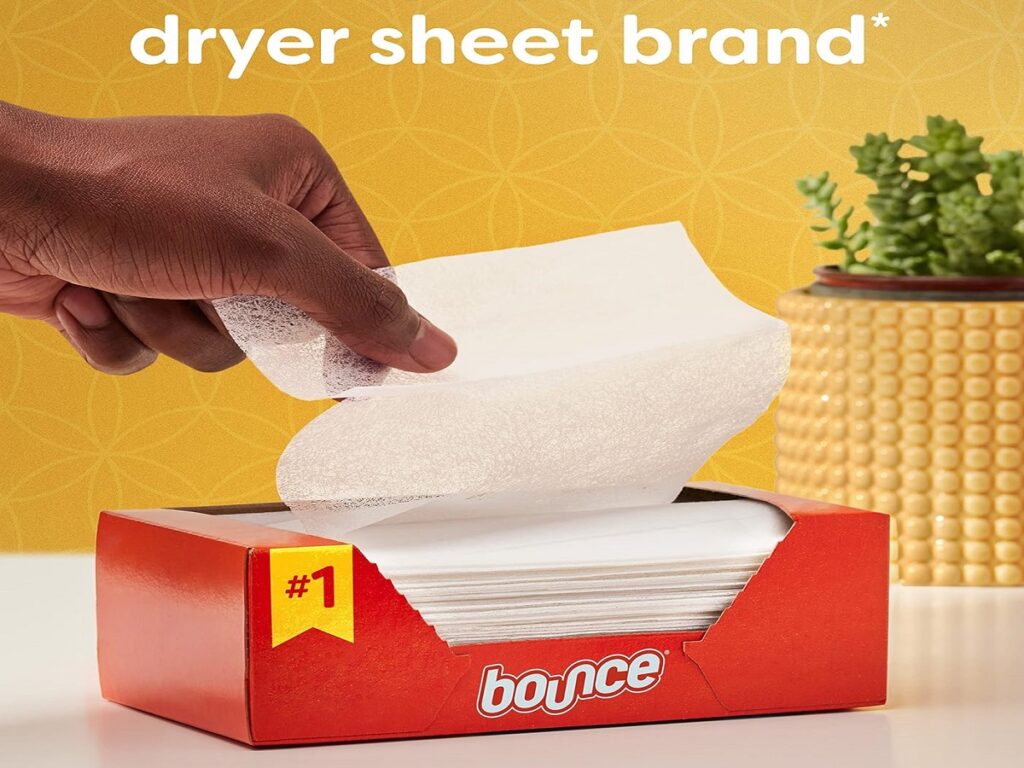
Dryer sheets, introduced in the 1960s for laundry, double as a clever detailing tool. Professionals use them to wipe dashboards, door panels, and consoles because their anti-static properties repel dust. Unlike standard cloths, dryer sheets prevent particles from resettling quickly, meaning interiors stay cleaner for longer. They also leave a subtle fresh scent, enhancing the cabin environment. This trick is simple, effective, and prolongs the results of detailed cleaning, reducing the need for frequent touch-ups inside the car.
12. Squeegee for Pet Hair Removal
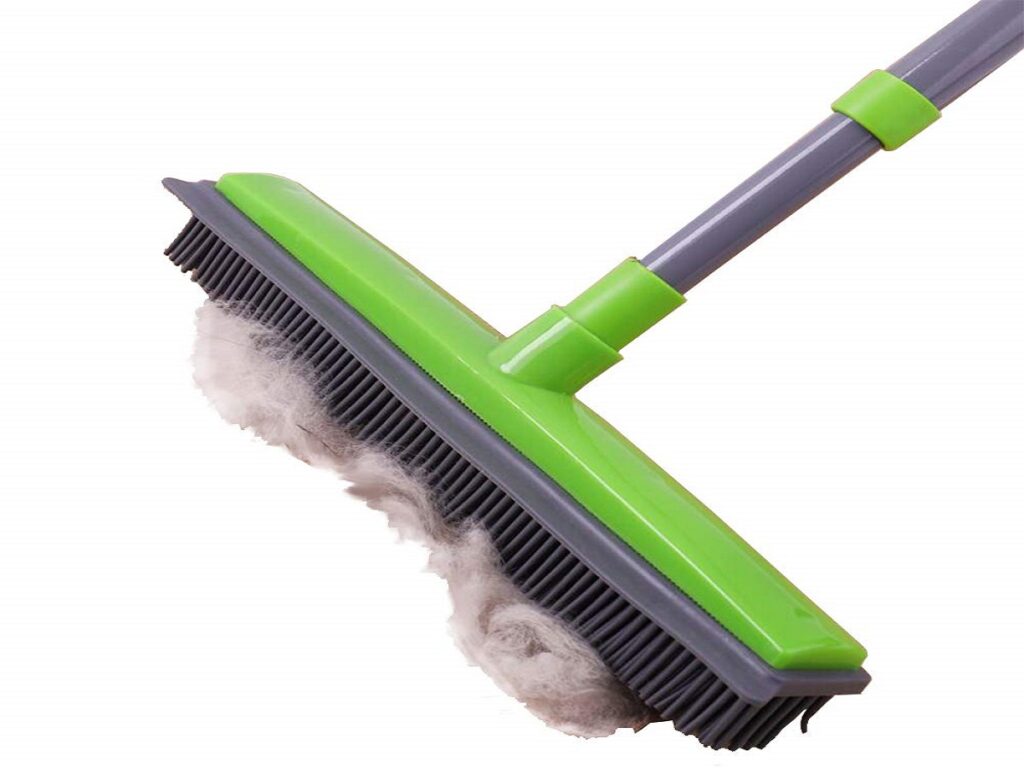
Pet hair clings stubbornly to upholstery and carpets, making it difficult to vacuum. A rubber squeegee, widely used since the early 20th century for window cleaning, has proven effective in pulling embedded hair from fabric. Professionals run the squeegee across seats, and the rubber edge gathers pet hair into clumps that can be vacuumed easily. This method is quick, highly effective, and saves frustration, especially for pet owners who struggle with shedding. It’s a reliable and affordable solution for hair-free interiors.
13. WD-40 for Sticker Residue
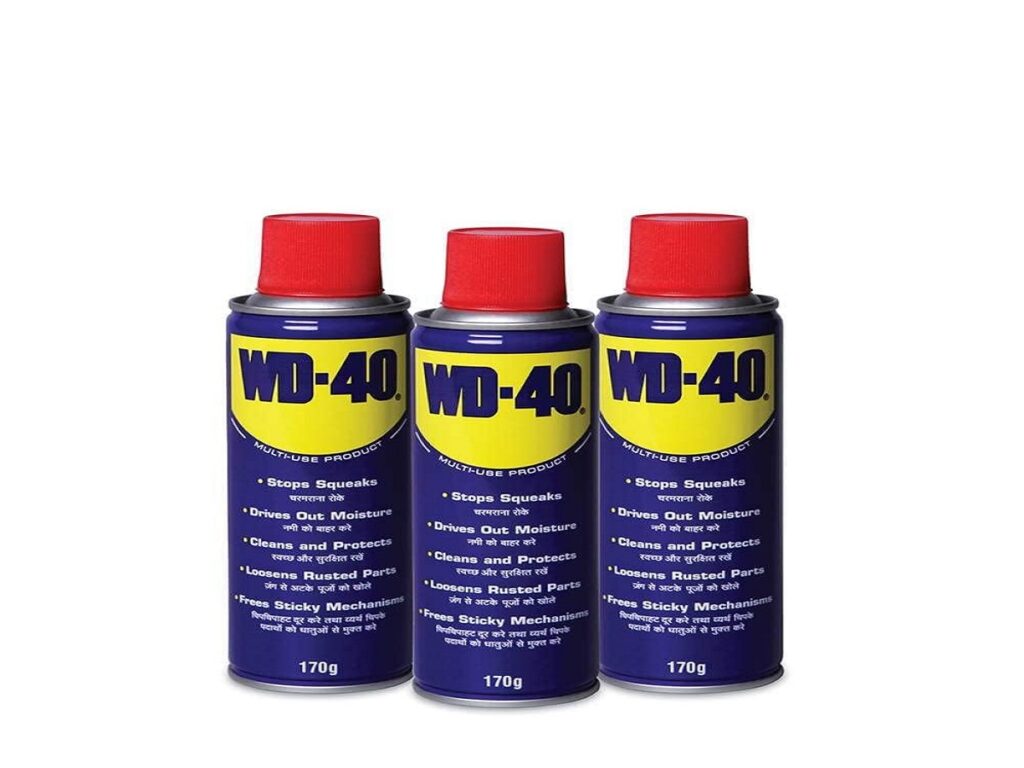
Since its invention in 1953, WD-40 has been a staple in garages for lubrication and cleaning. Detailers often rely on it to remove stubborn sticker or decal residue from car surfaces. A light spray dissolves adhesive without damaging paint or glass, making removal easier. After wiping away, a clean finish remains. This trick works on old bumper stickers, inspection decals, or tape residue. It’s a professional go-to for leaving surfaces smooth and blemish-free without harsh scraping.
14. Shaving Cream for Foggy Windows

Foggy windows during humid or cold conditions can be frustrating. Shaving cream, commercially available since the 1940s, contains similar active ingredients as defogging sprays. Professionals spread a thin layer on the inside glass, wipe it clean, and the surface becomes resistant to fog buildup. This trick ensures better visibility and safer driving. It’s a cheap and clever hack that reduces the constant hassle of wiping windows while on the road, making it a favorite among experienced detailers.
15. Baby Wipes for Quick Interior Touch-Ups
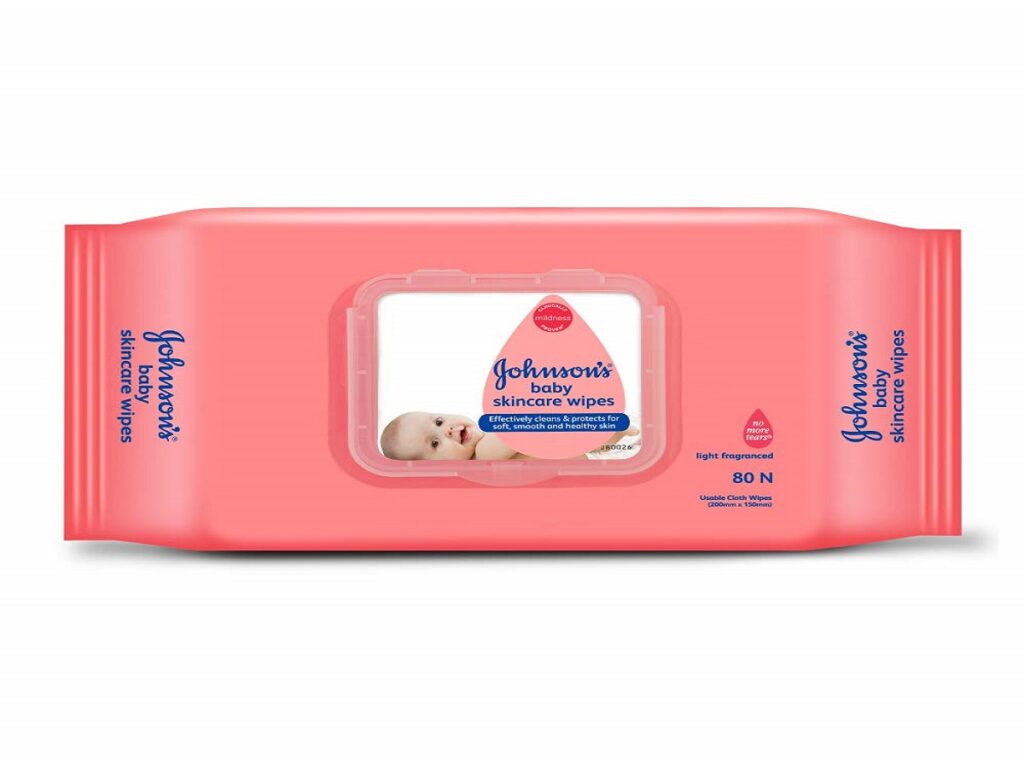
Baby wipes, first marketed in the 1950s, have become a practical, quick-cleaning tool for professionals. Their gentle formulation makes them safe for vinyl, plastic, and even leather surfaces without causing damage. Detailers use them for fast touch-ups, removing dust, spills, or fingerprints in seconds. Keeping a pack in the glove box ensures the interior stays fresh between deep cleans. They are convenient, affordable, and effective, making them an underrated but valuable addition to car cleaning routines.
16. Rubber Mats for Easy Floor Maintenance
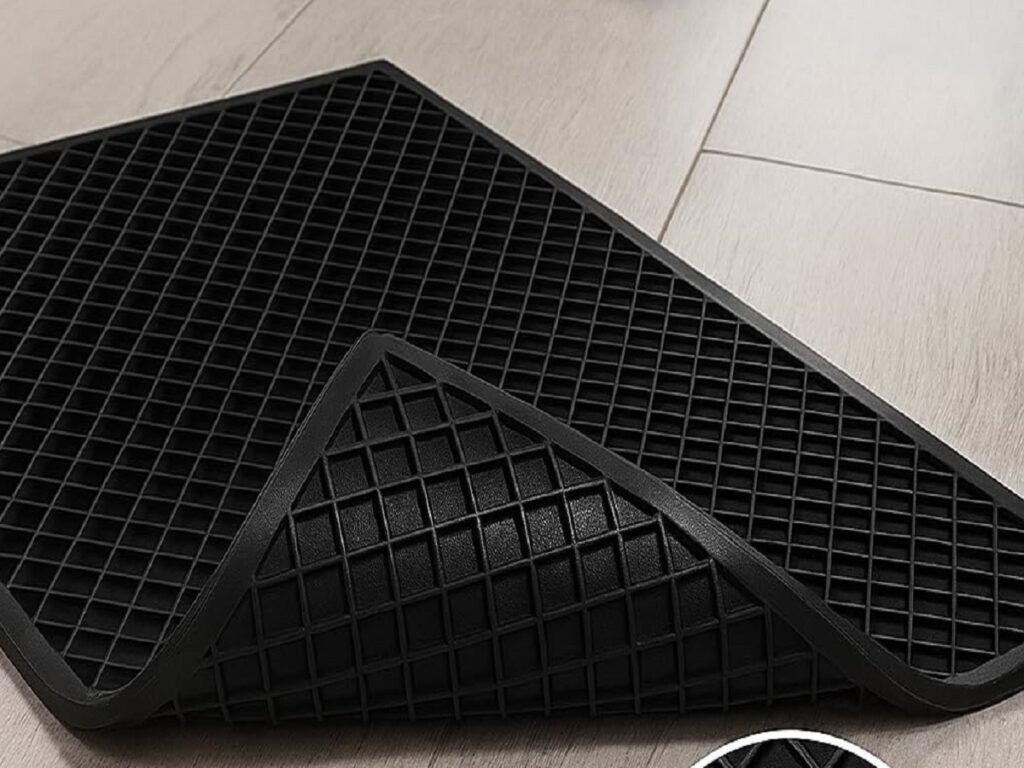
Carpet mats trap dirt and stains, but professionals often recommend switching to rubber mats, especially since they became popular in the late 20th century. Rubber mats are easy to remove, wash, and reinstall, making cleaning much more efficient. They prevent mud, spills, and grime from seeping into carpets, preserving resale value and overall cleanliness. A quick spray with water restores them instantly. For long-term maintenance and hygiene, this is one trick that pros consistently advise to every car owner.
17. Lint Roller for Quick Dust Pickup
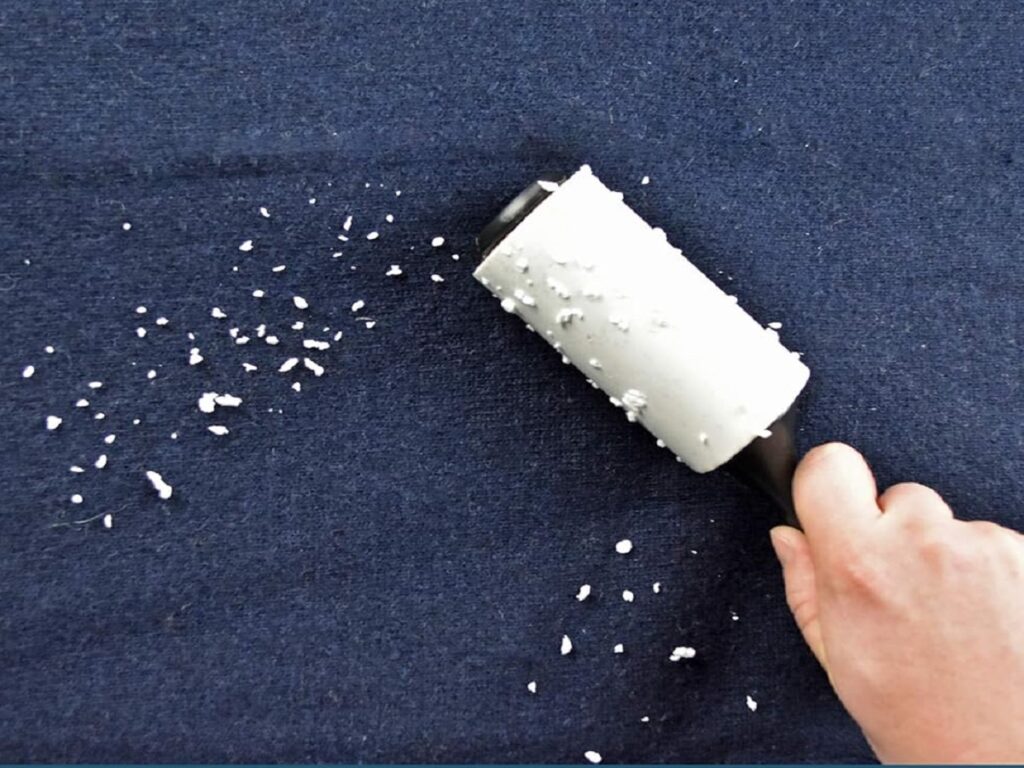
First patented in the 1950s, lint rollers were designed for clothing but later adopted in car detailing. Professionals use them to remove dust, crumbs, and hair from seats and dashboards. Their sticky surface lifts debris without smearing or scratching. Unlike vacuums, which may miss fine particles, lint rollers grab them instantly. Keeping one in the car makes touch-ups effortless, particularly in high-traffic areas where dust gathers quickly. It’s a fast, inexpensive solution that complements deep cleaning routines.
18. Steam Cleaning for Deep Interior Care
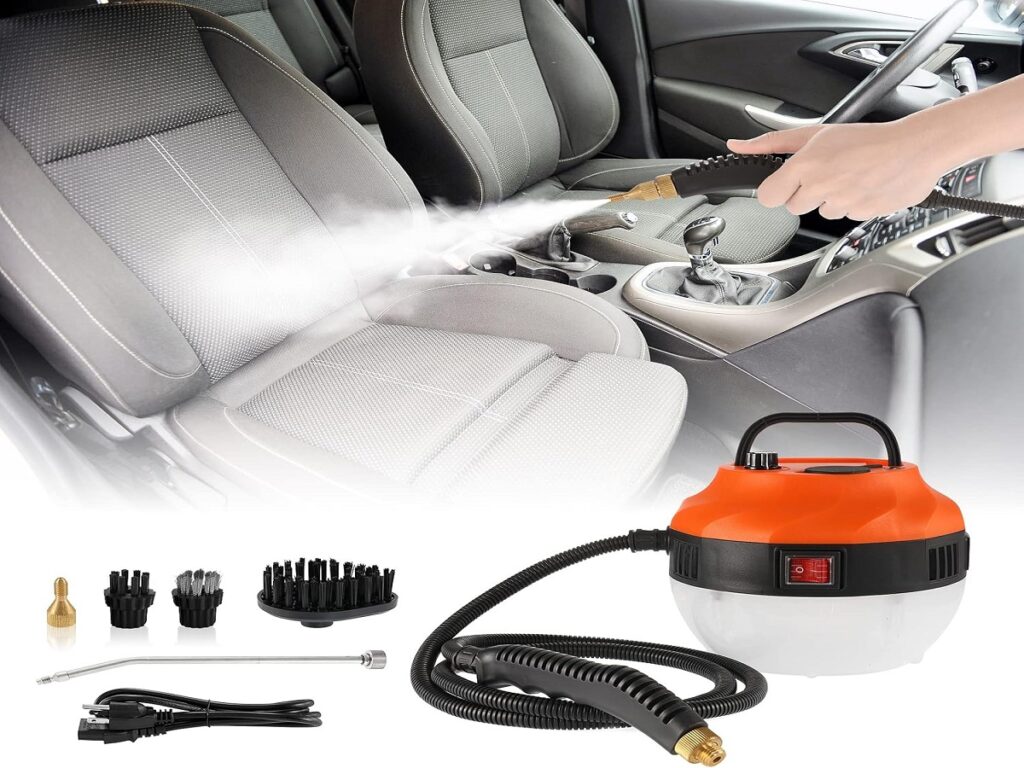
Steam cleaning, introduced to auto detailing in the late 20th century, remains one of the most effective methods for deep cleaning. Professionals use steam to sanitize and lift dirt from seats, carpets, and vents without harsh chemicals. The high heat kills bacteria and eliminates odors, leaving the car interior both clean and hygienic. It’s especially useful for allergy sufferers and families with children. While steam machines are an investment, this method delivers professional-grade results that ordinary cleaning cannot match.
Comments